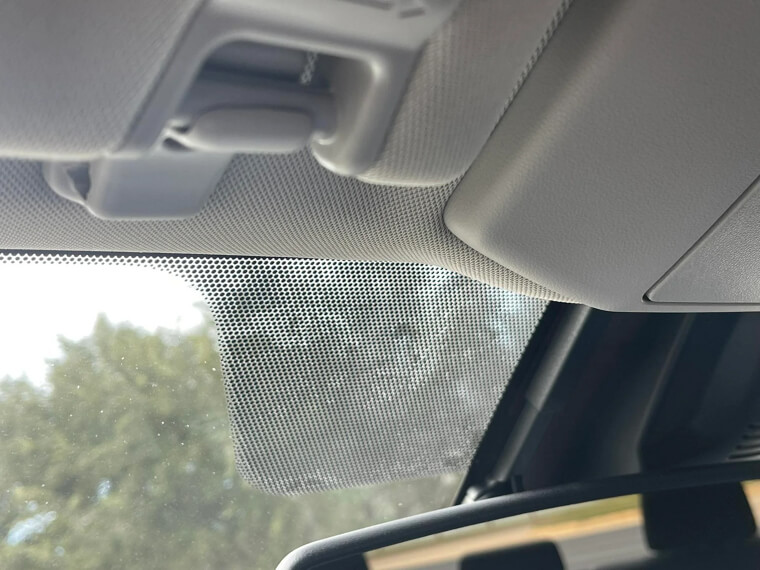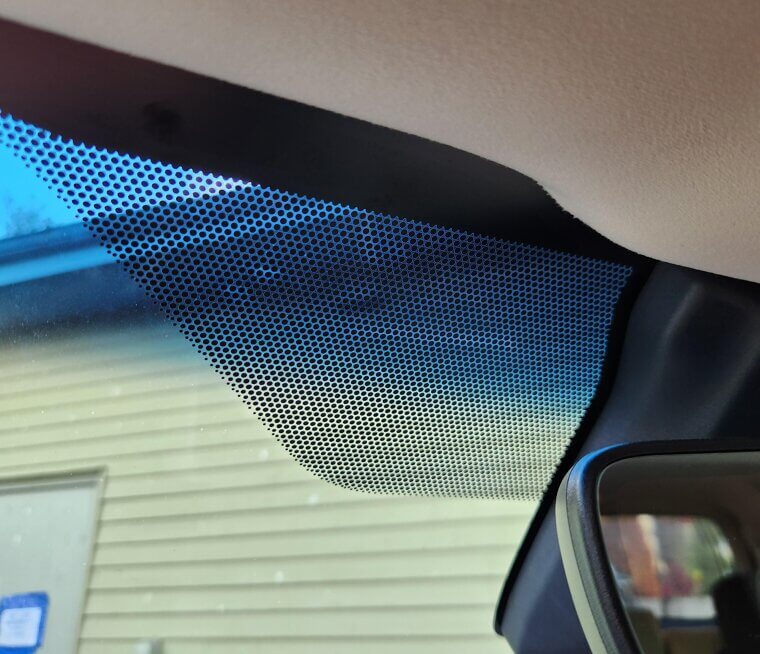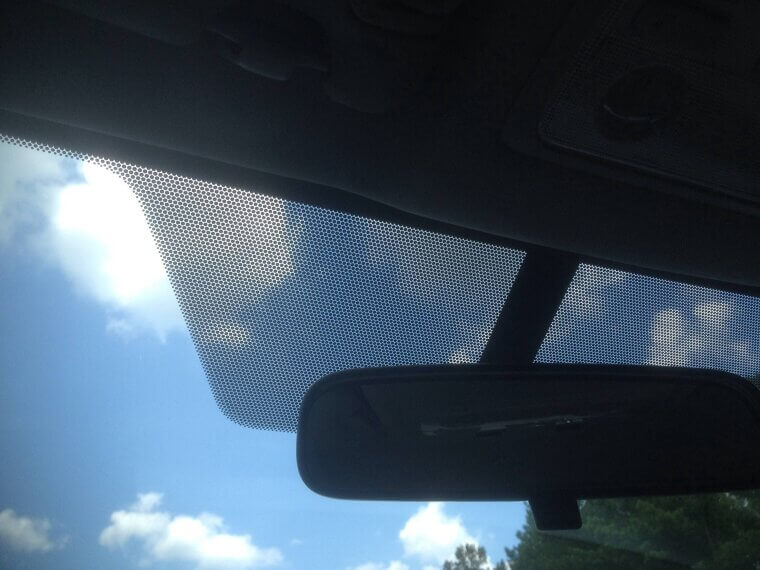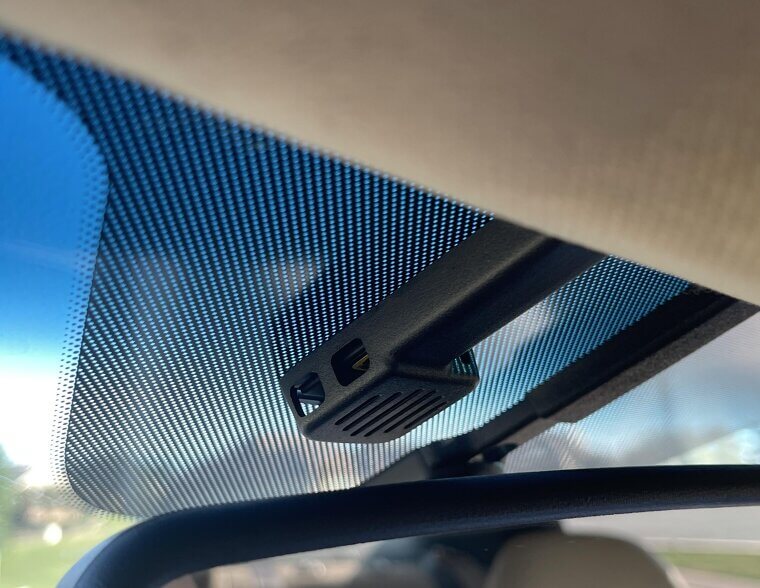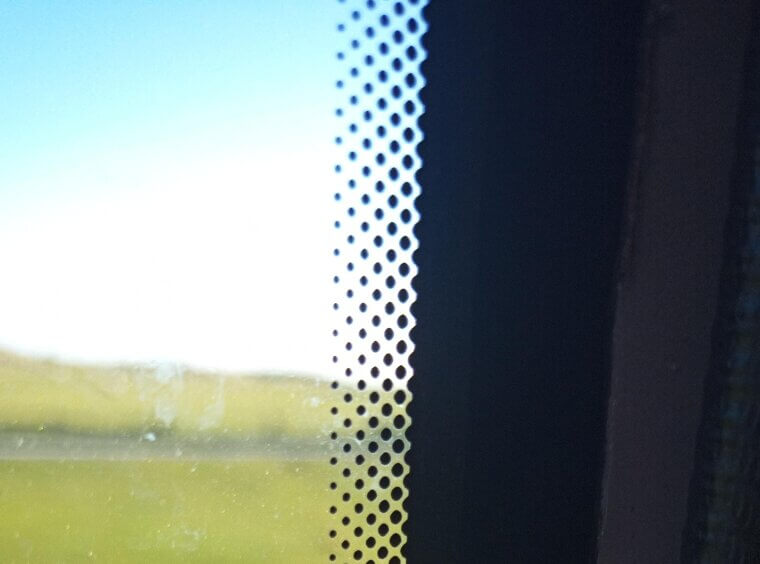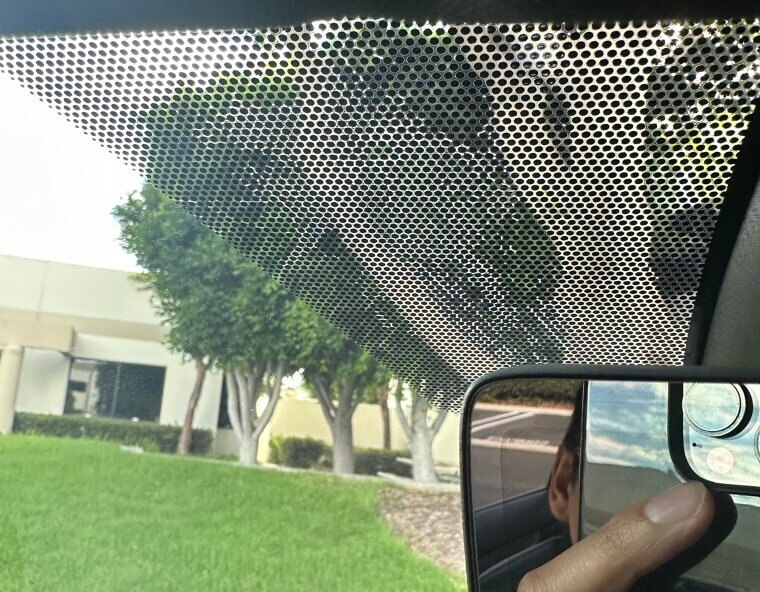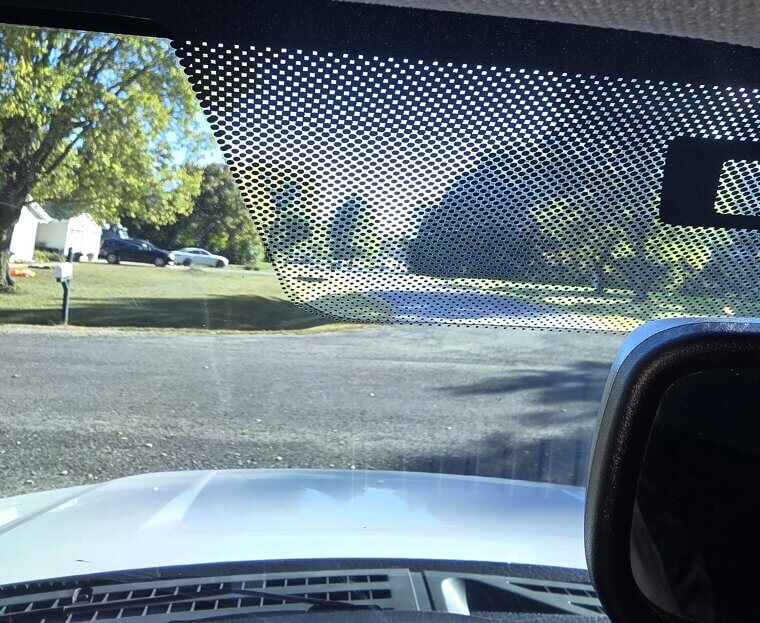Reason for Black Dots of Your Windscreen
Have you noticed those small black dots along the edge of your windscreen and wondered what they are? Those little black dots are called frits, and they actually have different functions. Here are six reasons why you have frits on your windscreen.
They Help Distribute Heat
Frits help with temperature distribution. By transitioning from black to clear glass, they help reduce thermal stress when your car’s windscreen heats up. The smooth transition from black to clear glass helps prevent the glass from cracking when it heats up suddenly, especially at the edges where it’s most vulnerable.
They Protect the Urethane Sealant
Underneath that dotted border lies the glue (urethane) that secures your windscreen in place. The solid black band (frit) protects the urethane seal by blocking UV rays from breaking it down over time. Without it, sunlight would get through and break the bond, and your windscreen would pop out.
They’re a Contact Point
Glass doesn’t stick well to smooth surfaces. The frits provide a rougher texture, allowing the urethane adhesive to adhere more effectively. Think of it like sandpaper for glue; no dots, no grip, and your windscreen would bail at the first pothole.
They’re For Aesthetics
Without the dots, you’d see a harsh visual jump from black border to clear glass. The dots soften that transition and give your windscreen a finished look.
They Hide the Mess
Behind the windshield is a mess of glue, clips, and sensors. Those black dots, especially the darker band, act like sunglasses, shielding your dash from the sight of all that hardware glued to the windshield.
They Reduce Glare While You Drive
Frits help reduce glare from the sun. By darkening the edges of the windscreen, they reduce the contrast between the tinted border and the clear glass. That smooth transition helps your eyes adjust and keeps your morning commute a little less squinty.

